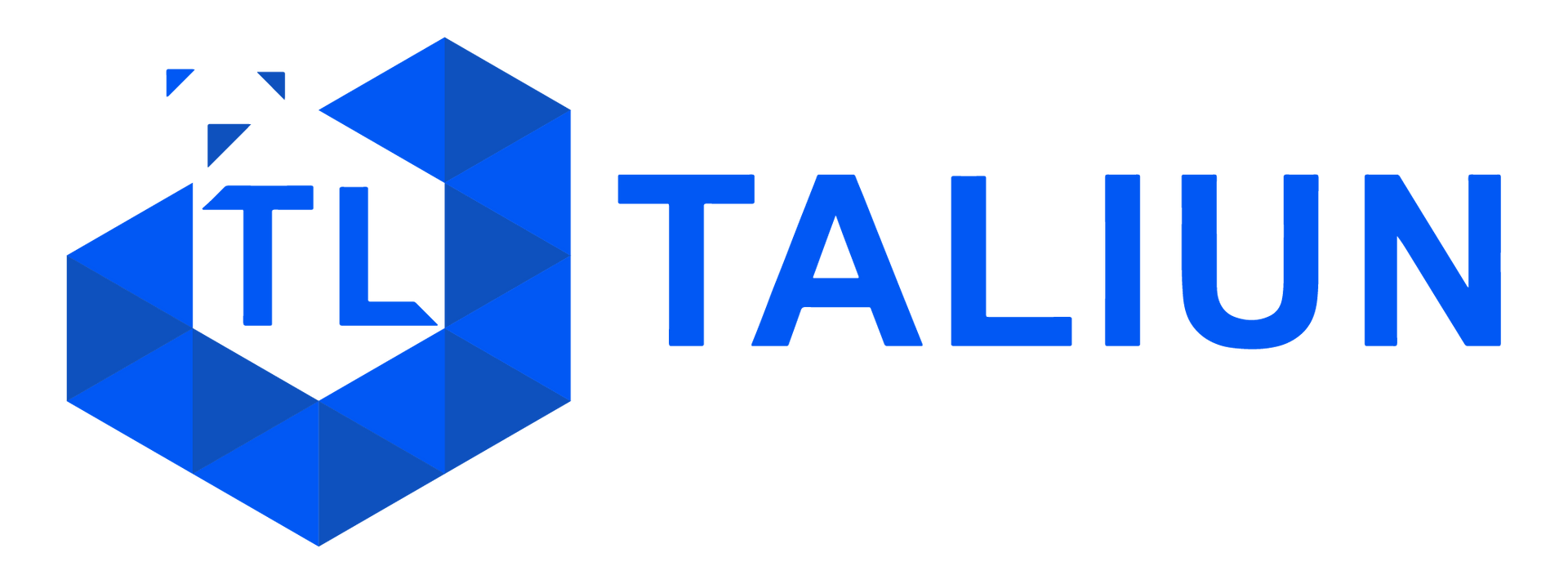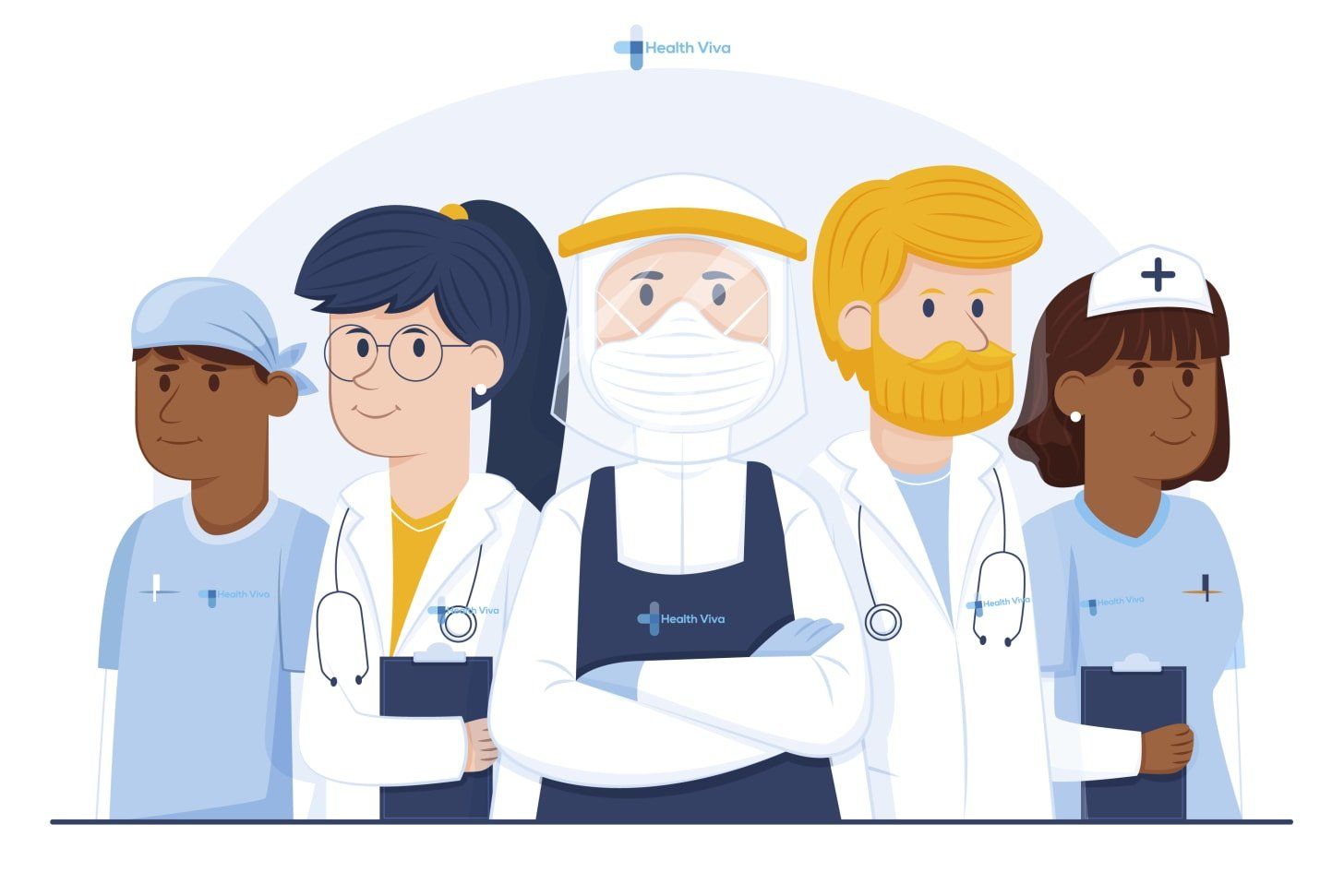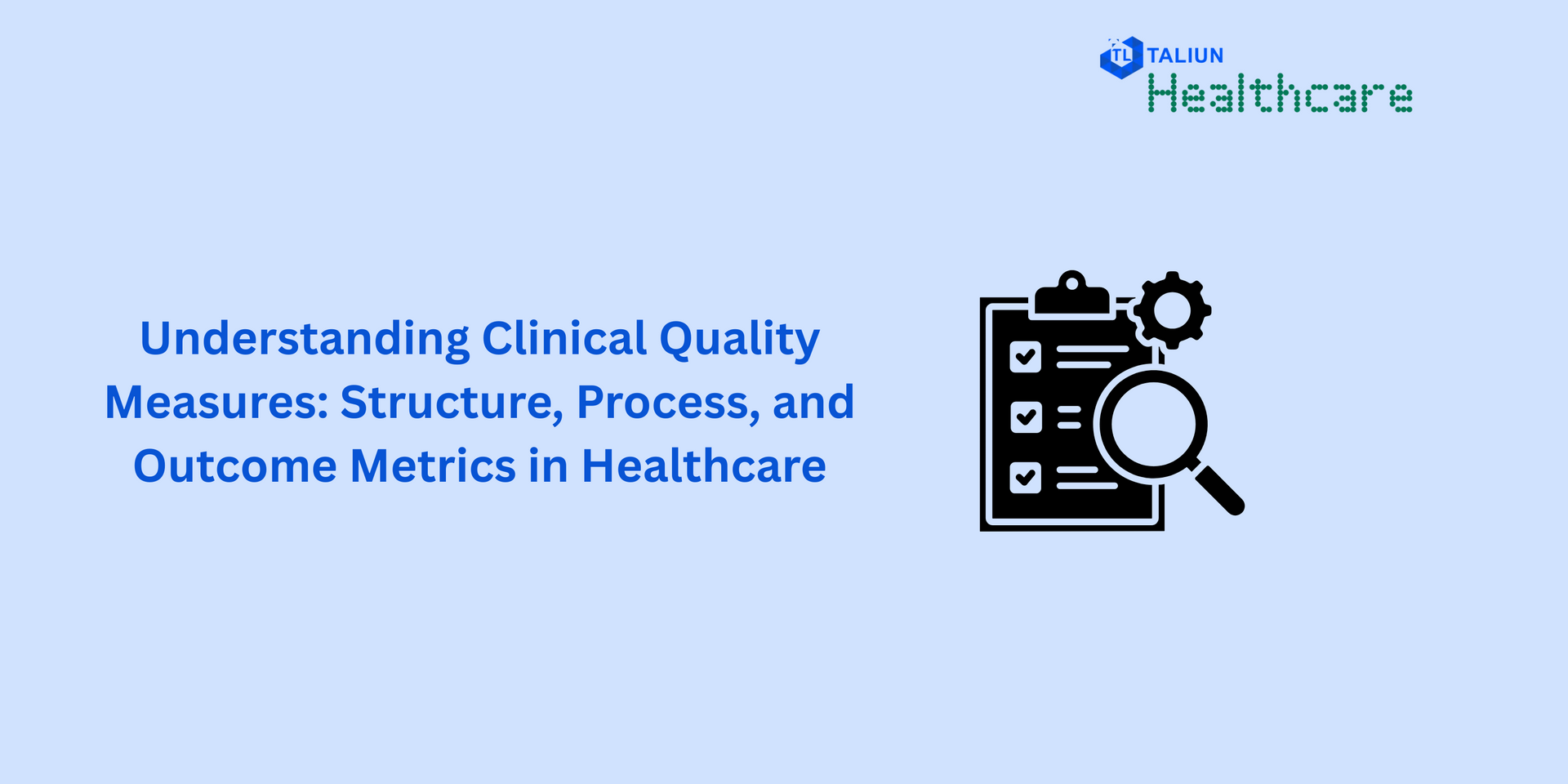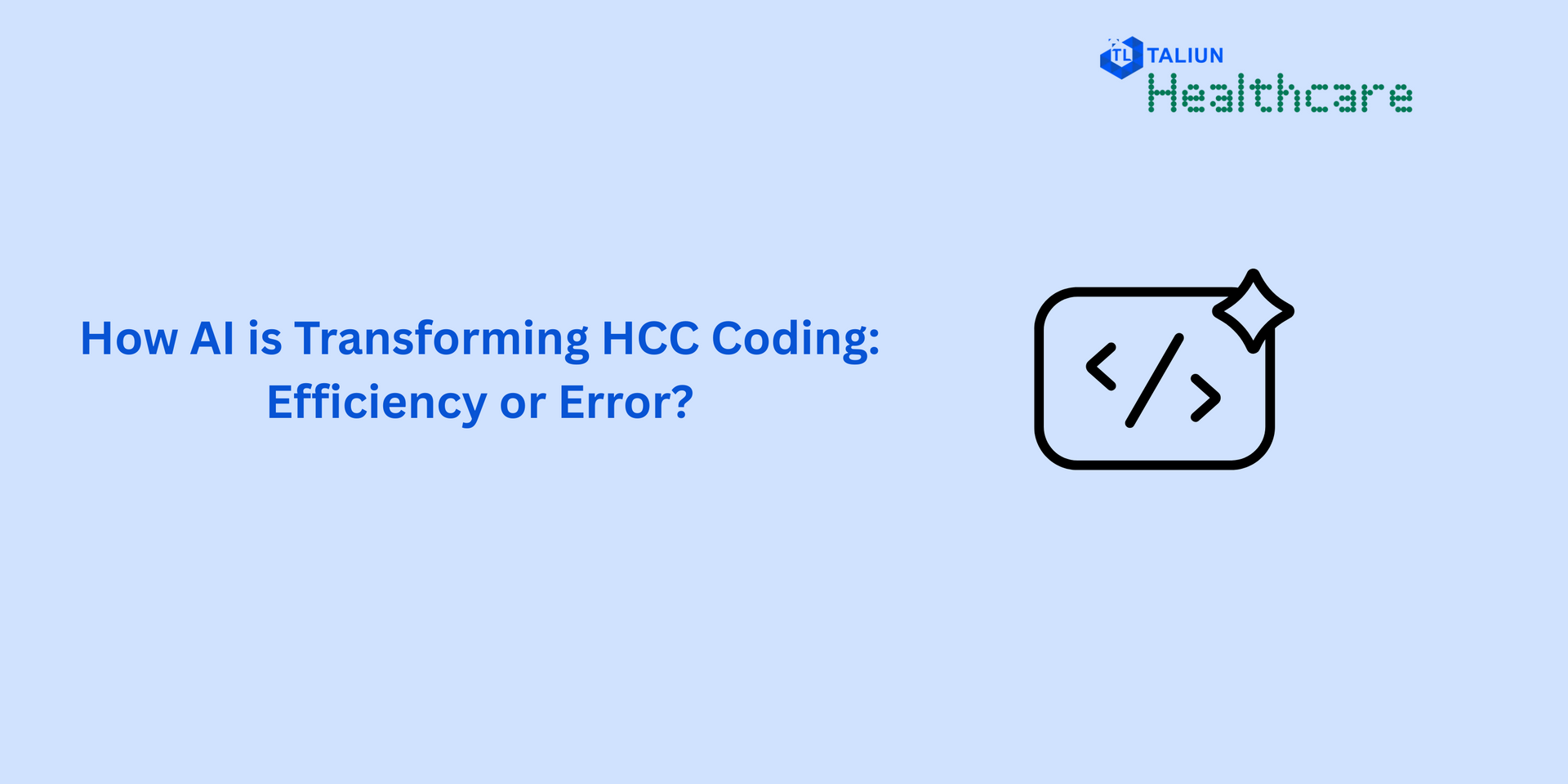What’s Healthcare Interoperability and its impact on the health ecosystem?
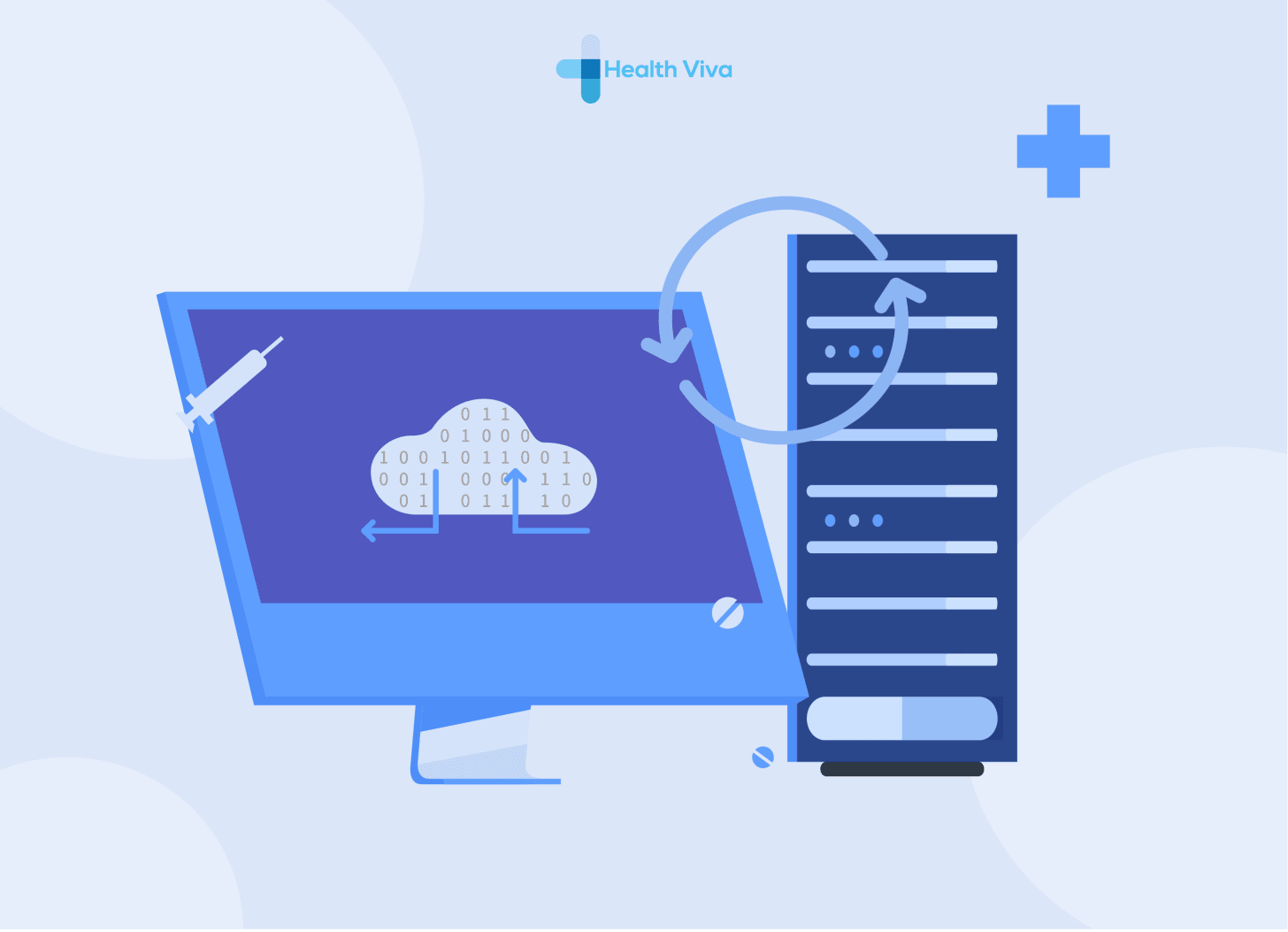
Howdy!
Healthcare interoperability has been a major initiative since the start of Meaningful Use days (CMS EHR Incentive Program) and undoubtedly this is a hot topic for all healthcare stakeholders across the globe.
From Digital health standpoint, I would say Healthcare Interoperability is one of the foundation blocks for healthcare stakeholders, whether you are Healthcare Provider, Payer, PBM, Pharmacy, Lab or any other unit delivering or enabling healthcare. With a connected ecosystem, it ultimately helps in improving the speed, quality, safety and cost of patient care.
From a Provider standpoint:
From a provider standpoint, achieving interoperability meant we align our doctors, nurses, lab technicians and administrators for an improved care coordination workflow and facilitating a greater level of patient information sharing.
From the system standpoint, while the EHRs are the source of truth, they shouldn’t be working in silos, instead EHRs must exchange information like patient admission, discharge, transfer, medical records, lab results, x ray images, discharge summaries with other systems requesting for such information. Standards like HL7 v2.x, CDA, C-CDA facilitates almost all use cases within a provider setup to achieve data interoperability.
Moreover with latest guidelines from CMS through 21st Century Cures Act, CMS has listed some of the technical standards like FHIR, SMART/OAUTH 2, Open ID Connect, USCDI that shall be used for implementing the APIs supporting the policies.
From a Patient standpoint, a patient must stay in control of their own data by bringing data from EHRs to their own smart health apps, almost allowing the patient to stay in control of their data.
From a Payer Standpoint:
Interoperability from payer perspective has always been receiving claims info from providers in form of paper claims or electronic claims (EDIs ANSI X12 N) and going through the reimbursement cycle. Back in May 2020, to promote interoperability amongst payers and providers, HHS, CMS and ONC joined hands and issued final rules seeking to improve patient access to health data and to support the interoperability of Health Information Technology (Health IT).
This rule promotes patient at the center of the ecosystem as the vision is to make patient the owner of the health information and thus require patient to direct payers to share health information with third party apps in a free and convenient way. Some of the information in scope of exchange are provider payment amounts, patient cost-sharing, clinical data, formularies, and provider directory information.
While CMS had launched Blue Button 2.0 back in 2018 under MyHealthEData initiative, ONC’s introduction of the final rule of 21st Century Cures Act, promotes policies that shall ensure a patient’s electronic health record information is accessible to that patient electronically through their doctor or hospital at no cost.
Below are some of the related stories that we are bringing about the two essential APIs that are introduced by CMS -
Patient Access API
“The Centers for Medicare and Medicaid Services (CMS) released the Interoperability and Patient Access final rule on March 9, 2020. This final rule requires most CMS-regulated payers – specifically, Medicare Advantage (MA) organizations, Medicaid Fee-For-Service (FFS) programs, CHIP FFS programs, Medicaid managed care plans, CHIP managed care entities, and Qualified Health Plan (QHP) issuers on the Federally-facilitated Exchanges (FFEs), excluding issuers offering only Standalone dental plans (SADPs) and QHP issuers offering coverage in the Federally-facilitated Small Business Health Options Program (FF-SHOP) - to implement and maintain a secure, standards-based Patient Access Application Programming Interface (API) (using Health Level 7® (HL7) Fast Healthcare Interoperability Resources® (FHIR) Release 4.0.1) that allows patients to easily access their claims and encounter information, including cost (specifically provider remittances and enrollee cost-sharing), as well as a defined sub-set of their clinical information through third-party applications of their choice.”
Provider Directory API
“This rule also requires MA organizations, Medicaid FFS programs, CHIP FFS programs, Medicaid managed care plans, and CHIP managed care entities to make provider directory information publicly available via a FHIR-based Provider Directory API accessible through a public-facing digital endpoint on the payer’s website.”
To conclude, with major changes and regulatory deadlines, digital health journeys are up for an exciting roadmap with lot of implementations and changes, powered by interoperability initiatives. If you have a similar story to share and you’re in the middle of your implementation cycle, feel free to write to us at healthviva@taliun.com
Adios!
Team HealthViva
